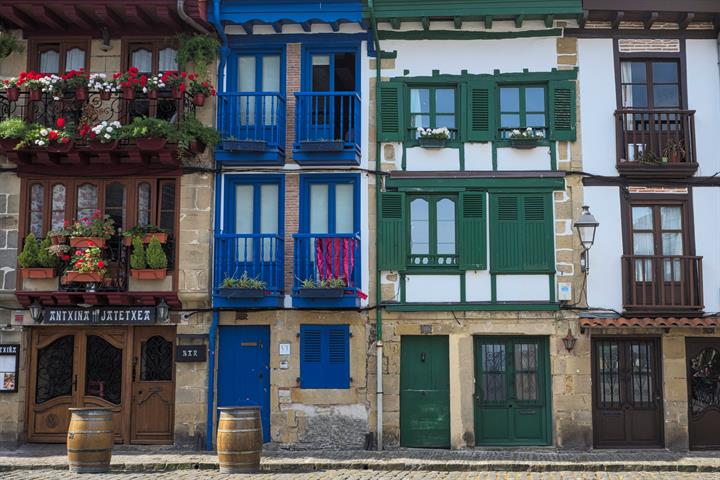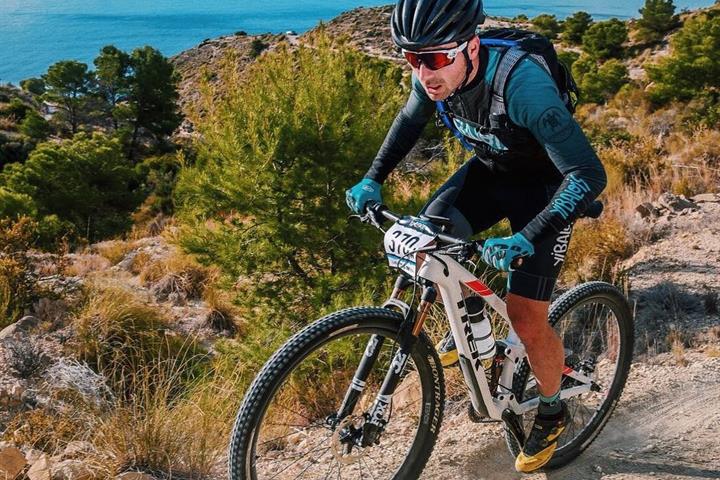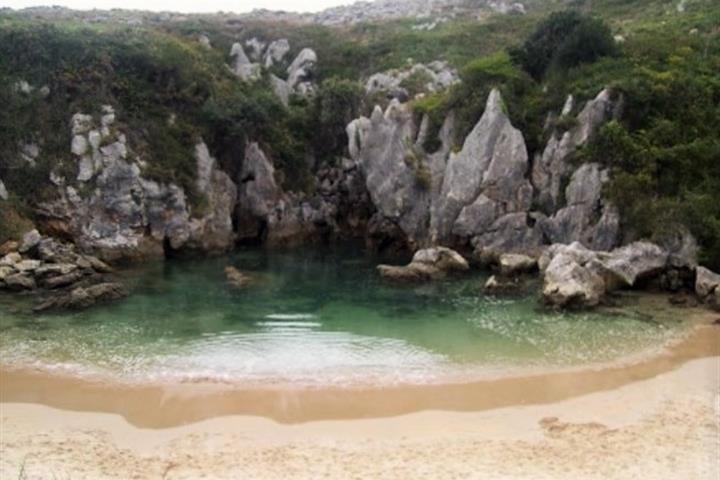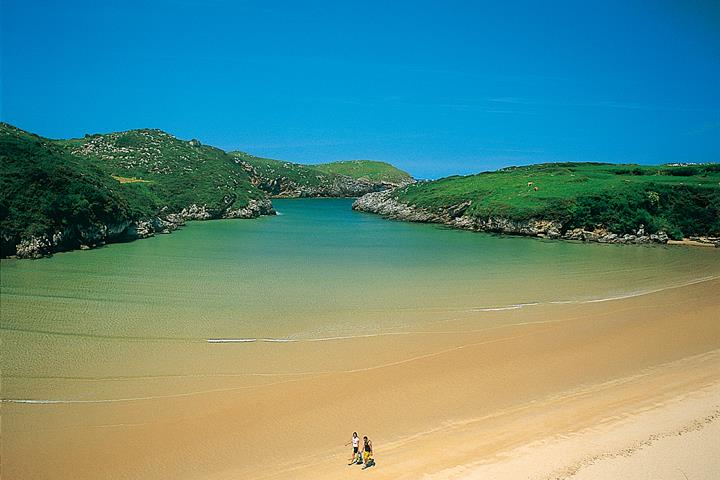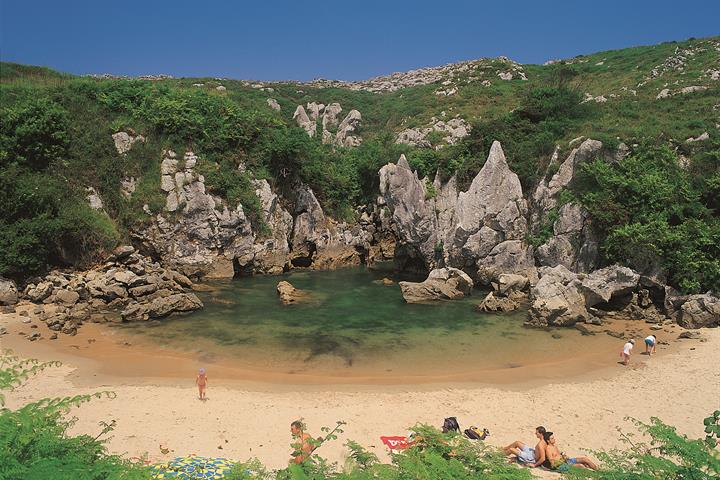Gijón Reiseinformationen und Video
Reiseinformationen, Tipps, Fotos und Videos über Gijón
Top Ferienimmobilien in Spanien
Tipps für Ausflüge in der Gegend
Bewertungen für Gijón
Durchschnitt der Bewertungen - Basierend auf 11 Bewertungen.
Stadt
Küste
| Stadt: | |
| Küste: |
Eingereicht von: Heinz Sarter
13. Aug 2012
Diese Bewertung erscheint in Deutsch
Diese Bewertung erscheint in Deutsch
War die Bewertung hilfreich?
Ja
Nein
Stornieren
Missbrauch melden
Sie halten dies für Missbrauch?
| Stadt: | |
| Küste: |
Eingereicht von: Michelle Lowrie
27. Sep 2018
Diese Bewertung erscheint in Englisch
Diese Bewertung erscheint in Englisch
War die Bewertung hilfreich?
Ja
Nein
Stornieren
Missbrauch melden
Sie halten dies für Missbrauch?
| Stadt: | |
| Küste: |
Eingereicht von: Rie Thomsen
21. Apr 2014
Diese Bewertung erscheint in Dänisch
Diese Bewertung erscheint in Dänisch
War die Bewertung hilfreich?
Ja
Nein
Stornieren
Missbrauch melden
Sie halten dies für Missbrauch?
| Stadt: | |
| Küste: |
Eingereicht von: helen and rod machin
7. Jul 2013
Diese Bewertung erscheint in Englisch
Diese Bewertung erscheint in Englisch
War die Bewertung hilfreich?
Ja
Nein
Stornieren
Missbrauch melden
Sie halten dies für Missbrauch?
| Stadt: | |
| Küste: |
Eingereicht von: KATE WINDSOR
8. Jun 2013
Diese Bewertung erscheint in Englisch
Diese Bewertung erscheint in Englisch
War die Bewertung hilfreich?
Ja
Nein
Stornieren
Missbrauch melden
Sie halten dies für Missbrauch?
| Stadt: | |
| Küste: |
Eingereicht von: Victoria Prieto Fuentes
5. Jun 2013
Diese Bewertung erscheint in Spanisch
Diese Bewertung erscheint in Spanisch
War die Bewertung hilfreich?
Ja
Nein
Stornieren
Missbrauch melden
Sie halten dies für Missbrauch?
| Stadt: | |
| Küste: |
Eingereicht von: gillian lindop
20. Sep 2012
Diese Bewertung erscheint in Englisch
Diese Bewertung erscheint in Englisch
War die Bewertung hilfreich?
Ja
Nein
Stornieren
Missbrauch melden
Sie halten dies für Missbrauch?
| Stadt: | |
| Küste: |
Eingereicht von: Peter Sjögren & Christian Andersen
25. Aug 2012
Diese Bewertung erscheint in Dänisch
Diese Bewertung erscheint in Dänisch
War die Bewertung hilfreich?
Ja
Nein
Stornieren
Missbrauch melden
Sie halten dies für Missbrauch?
| Stadt: | |
| Küste: |
Eingereicht von: Paul Prescott
21. Aug 2012
Diese Bewertung erscheint in Englisch
Diese Bewertung erscheint in Englisch
War die Bewertung hilfreich?
Ja
Nein
Stornieren
Missbrauch melden
Sie halten dies für Missbrauch?
| Stadt: | |
| Küste: |
Eingereicht von: Tom Resh
29. Sep 2011
Diese Bewertung erscheint in Englisch
Diese Bewertung erscheint in Englisch
War die Bewertung hilfreich?
Ja
Nein
Stornieren
Missbrauch melden
Sie halten dies für Missbrauch?
| Stadt: | |
| Küste: |
Eingereicht von: sarah hale
18. Aug 2011
Diese Bewertung erscheint in Englisch
Diese Bewertung erscheint in Englisch
War die Bewertung hilfreich?
Ja
Nein
Stornieren
Missbrauch melden
Sie halten dies für Missbrauch?
